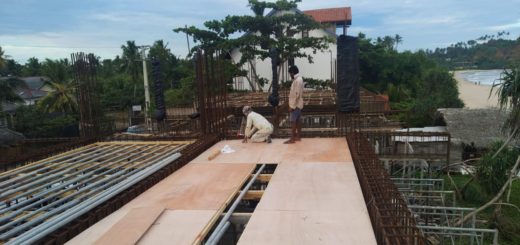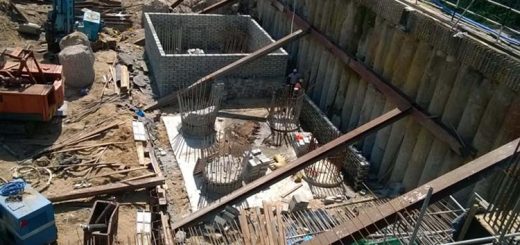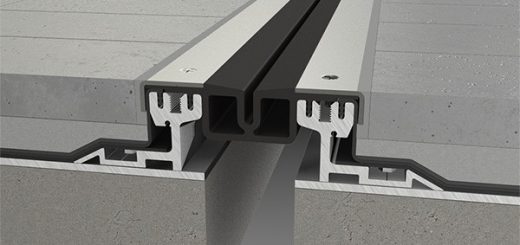All about Mechanical Couplers
Mechanical couplers are widely used in the present construction industry to joint two reinforcement bars together. The lapping of reinforcement is very difficult and time-consuming. Further, some costs also can be saved with mechanical couplers. In addition, it is a saving of materials and very useful in the areas where the reinforcement is congested.
What is Mechanical Coupler?
It is a replacement for the reinforcement laps. As we all know, based on the position we lap the reinforcement, we should have to provide compression lap length, tension lap length, or modified tension lap length based on the position we lapped.
When we are doing the curtailment of reinforcement, we cannot avoid the lapping. Further, as per the seismic detailings reinforcement congestion increases at joints.
Mechanical coupler solves these issue and it is just a matter of a few minutes.
At site or at the plant we can lap the reinforcement without providing typical lap lengths.
As you can see in the above figure, we need not provide the typical lap lengths further. We can just joint the reinforcement bars without much difficulty.
The component that used to joint the reinforcement is called the mechanical couplers. They are sometimes called as rebar couplers.
Why do we need mechanical couplers?
It provides more benefits to construction in different terms.
- It improves the structural integrity
- Technically more advance
- No calculation for lapping reinforcements
- It saves some time for designers
- It reduces the material cost
- It improves the quality of construction work
- Reduce construction time
- Reduce the reinforcement congestion
- No reinforcement cranks
Disadvantages of Mechanical Couplers
- Technical knowledge is required on the subject
- High attention is required with proper supervision of the work
- Poor quality joints may lead to structural failures.
Different Types of Mechanical Couplers
Mainly there are two types of couplers for rebar.
- Tension Couplers
- Compression Couplers
Mainly the couplers are used to carry the tensile force. However, they are using to carry the compressive forces. Further, most of the time, couplers are tested for tension.
The following figure indicates the different types of couplers available in the construction industry.
Figure from the standard method of detailing structural concrete.
There are seven types of couplers that can be used to connect the reinforcements.
Each of those types can be applied in the construction based on the application and as per the need of the construction.
The following figure indicates the actual arrangement of the copper at the site. These steel couplers making the construction easier. Further, when the couplers are installed at the site, they are staggered to avoid any weak joints.
These couplers can be used for beams, slabs, columns, shear links, etc. The application shall be as approved by the engineer at the site or as per the recommendation of the structural engineer.
There are different standards/guidelines such as Report by ACI committee 439, BS 8597:2015, etc can be used for the design and construction.
Further, testing shall also be done as per the guidelines before the construction. Mainly the tensile strength is tested.







